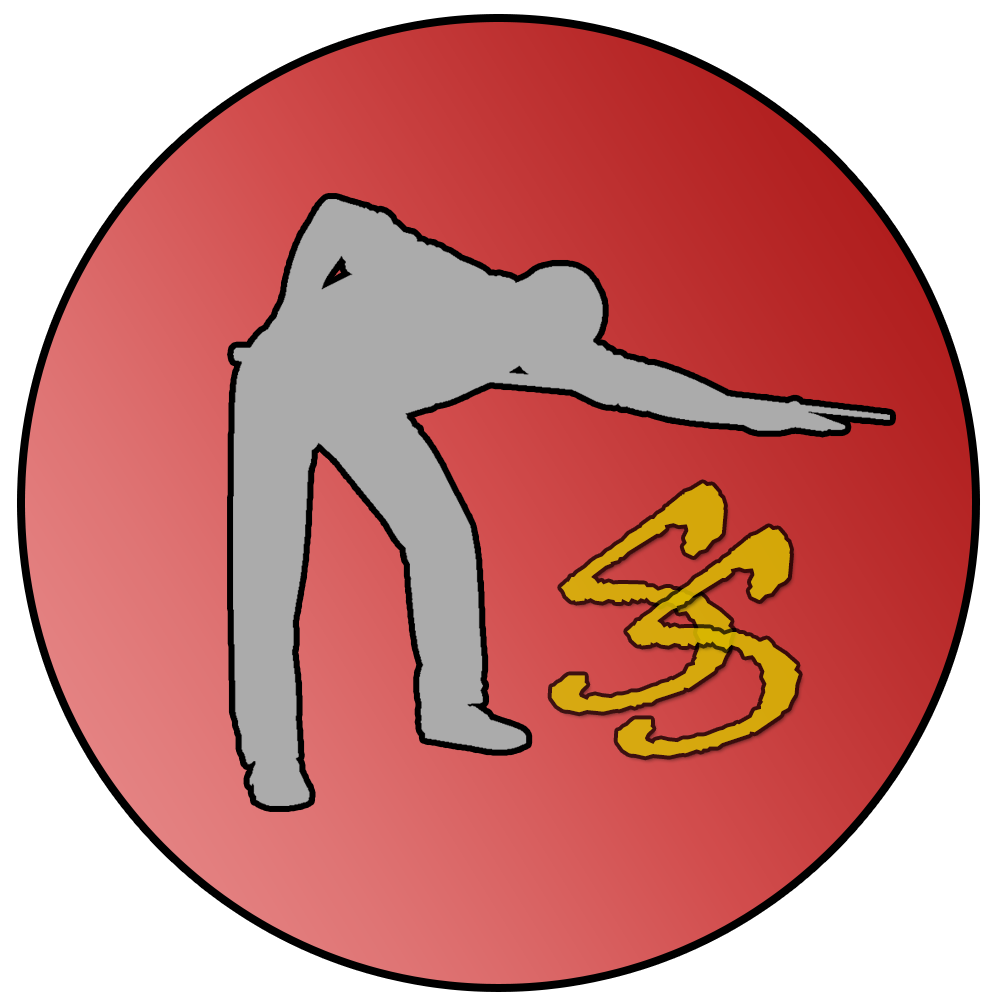As the Masters progresses this year, I thought I would look back at some of the former winners of this prestigious event; some that may have been forgotten in time and once held this great Triple Crown. This can quite easily happen since this tournament has more multiple time winners than any other event.
Alan McManus (1994)
After turning professional in 1990, McManus’ most notable success came at the Masters in 1994 where he couldn’t have faced tougher opposition. Hendry had won the previous 5 Masters prior to their contest and had already built a 7-5 lead. McManus didn’t stumble though as the 23 y/o fought to a decider before winning his first and only Triple Crown title...so far.
Dennis Taylor (1987)
Following his memorable, late night win at the World Championship in 1985, Taylor decided that he would want to win his one and only Masters trophy in a similar fashion. Taylor battled Alex Higgins from 8-5 down to clinch four frames in a row to win in yet another deciding frame. Who would have thought that it would take over 30 years before a player from Northern Ireland would win another Triple Crown title?
Perrie Mans (1979)
South African Pot Black winner in 1977, Perrie Mans defeated Cliff Thorburn, Ray Reardon as well as Alex Higgins to win the Masters in 1979. What an impressive list of players to beat to achieve his most noteworthy victory. He also made the WSC final in 1978 where he lost out to Reardon 25-18.
Terry Griffiths (1980)
World Champion in 1979, Griffiths did well to follow up this win to claim his second Triple Crown. He beat Alex Higgins (that’s happened a few times) as well as John Spencer and Cliff Thorburn. Griffiths made the Masters final a further three times following his success in 1980 but wasn’t able to add to his collection.
Matthew Stevens (2000)
Requiring the World Championship to complete the Triple Crown, 2003 UK Championship winner ran through a distinguished list of competitors to succeed at the Masters in 2000 where he won his first Triple Crown. He defeated the defending champion, Higgins (John, not Alex - phew) as well as 1997 WSC winner Ken Doherty in the final. This was also the match where Doherty attempted that maximum break…you know which one.
Who has been your favourite Masters winner since the tournament commenced in 1975? Who do you think will succeed this week? Let me know what you think!





